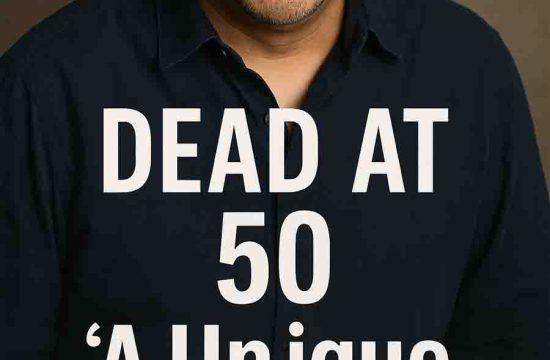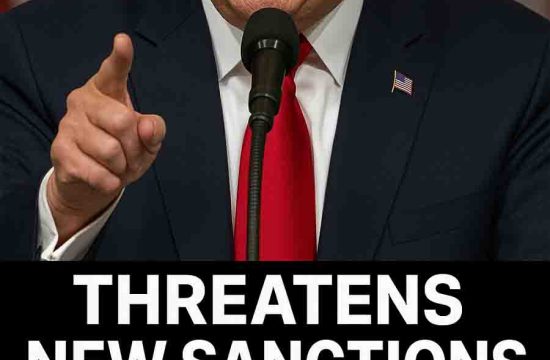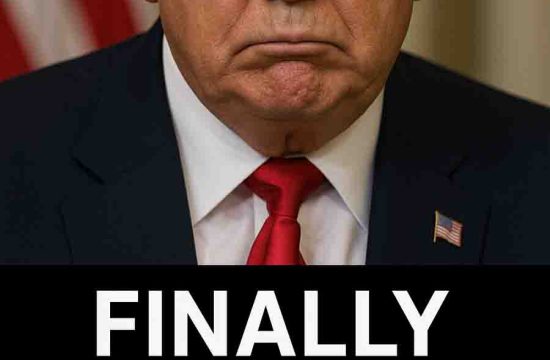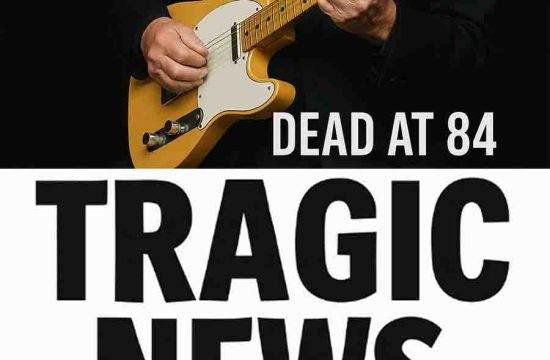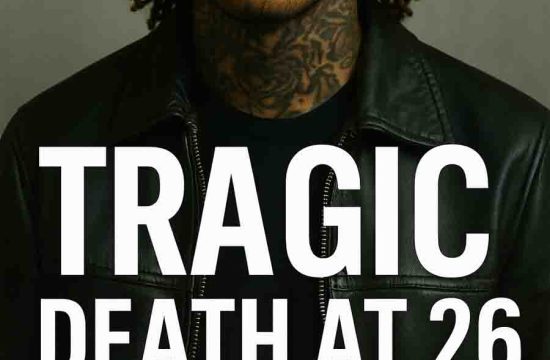People Are Pointing Out the ‘Weak’ and ‘Scared’ Way Trump Addressed the Nation After Iran Strikes—Compared to Obama
In the wake of a high-stakes confrontation with Iran, President Donald Trump’s nationally televised address drew sharp criticism—not just for its content, but for what many are calling its tone of fear and uncertainty. Social media erupted with comparisons to former President Barack Obama, whose past military announcements were perceived as more composed, confident, and resolute.
A Stark Contrast in Leadership Styles
Following the January 2020 U.S. drone strike that killed Iranian General Qassem Soleimani, tensions in the Middle East reached a boiling point. Iran responded by launching missile attacks on U.S. military bases in Iraq. In a moment of global attention, Trump took to the podium to address a nervous nation.
Viewers immediately noted that Trump’s delivery lacked the force and clarity expected from a Commander-in-Chief during a crisis. His speech was marked by halting sentences, mispronunciations, and visible tension. Rather than projecting strength, critics say Trump appeared rattled—his speech focused heavily on sanctions and de-escalation, rather than a decisive military stance.
By contrast, clips of Obama’s 2011 announcement of the killing of Osama bin Laden resurfaced online. Obama’s address was calm, measured, and focused. He spoke with deliberate authority, stressing justice and national security without appearing vindictive or anxious.
Social Media Weighs In
On Twitter, users didn’t hold back:
“Trump looked like a man who just got a bad report card. Compare this to how Obama calmly told the world bin Laden was dead. No contest.”
“The guy who tweeted ‘fire and fury’ sounded like he was asking Iran not to hit back too hard.”
“Remember when Obama announced the biggest counter-terrorism success in decades without chest-thumping? Trump sounds like he’s trying to convince himself he didn’t mess up.”
These side-by-side assessments quickly went viral, with many arguing that Trump’s demeanor did not instill confidence in American leadership at a time when the world was watching closely.
Analysts Echo Concerns
Political analysts also highlighted the unusual optics of the address. Trump was flanked by Vice President Mike Pence and military leaders but spoke in an oddly subdued tone, emphasizing that “no Americans were harmed” and calling for peace. While some praised the attempt at de-escalation, others saw it as a walk-back from his earlier fiery rhetoric.
CNN’s Fareed Zakaria commented:
“This was not the bold, commanding Trump of campaign rallies. This was a president caught between the consequences of his actions and the limits of his own strategy.”
The Power of Perception
Presidential addresses during moments of international crisis are more than just speeches—they are statements of posture, intent, and leadership. When Obama spoke about bin Laden, he did so with clarity, acknowledging risk but projecting assurance. Trump’s address, in contrast, left many Americans feeling uneasy—not necessarily because of what he said, but how he said it.
In the age of 24/7 media and viral comparison, a leader’s tone can define public perception more than policy. For critics, Trump’s Iran address served as a reminder that presidential demeanor matters—and in this instance, they argue, it came up short.
Ayera Bint‑e has quickly established herself as one of the most compelling voices at USA Popular News. Known for her vivid storytelling and deep insight into human emotions, she crafts narratives that resonate far beyond the page.




